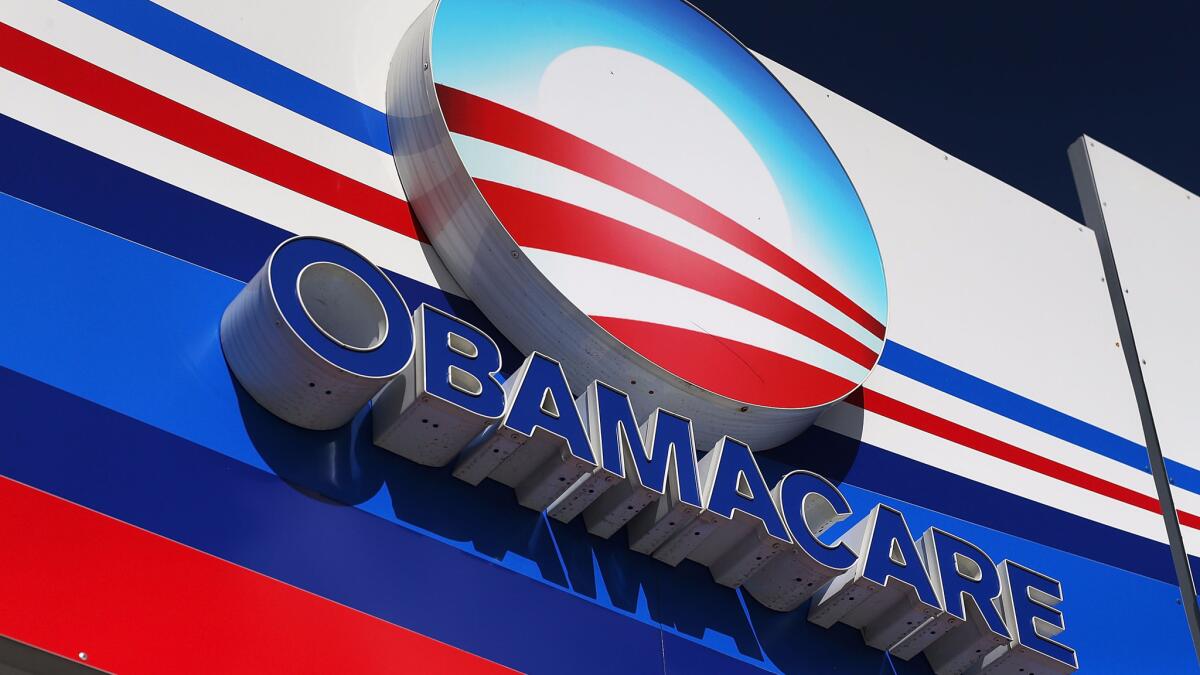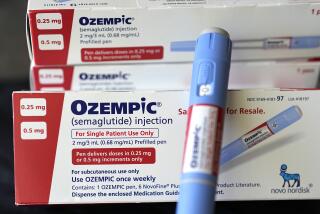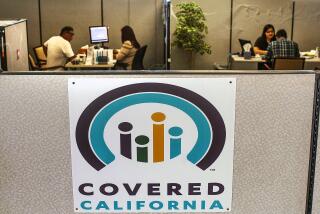Rising Obamacare premiums are still lower than employer-sponsored health insurance

People who warn that President Obama’s healthcare law is in dire straits often point to rising health insurance premiums as proof. Sen. John McCain (R-Ariz.) has called premium increases on Affordable Care Act exchanges “astronomically high.” Sen. Ron Johnson (R-Wis.), said premiums have “skyrocketed.”
But are these growing premiums actually high?
A new analysis from the Urban Institute found that the average unsubsidized premiums in the Affordable Care Act exchanges, commonly known as Obamacare, are actually 10% lower than the full premiums in the average employer plan nationally in 2016.
Nationally, the average employer-sponsored premium was $516 a month, while the unsubsidized marketplace premium was $464. To make an apples-to-apples comparison, the researchers adjusted marketplace premiums to account for the age of enrollees and the different values of the health coverage provided by the marketplace plans.
The exchanges offer health coverage to people who aren’t insured through their jobs, with subsidies based on income. About 11 million people are insured through the marketplaces, compared with about 155 million Americans who receive insurance coverage through employer-provided plans.
Recent news of large insurance carriers pulling out of some states’ marketplaces and raising premiums in others has raised concerns that offering health insurance through exchanges isn’t sustainable and that the healthcare offered isn’t affordable.
But the Urban Institute researchers found that, in more than three-quarters of states and 80% of the large metropolitan areas they studied, total premiums were lower in an average marketplace plan than in employer-provided plans. For example, in Boston, the premiums for marketplace plans were 35% cheaper than employer plans. In New York City, marketplace plans were 26% cheaper than employer plans.
“It’s not that these markets are necessarily outrageously expensive — in the vast majority of cases, they’re not,” said Linda Blumberg, a senior fellow at the Urban Institute’s health policy center.
However, most people who receive health insurance through their employers directly pay only a portion of the premium each month. The rest is paid by the employer, as part of workers’ compensation. And most people who buy insurance on the exchanges receive tax credits that limit their premiums.
For people who are buying unsubsidized insurance on the marketplaces, that’s not the case.
“You’ve got the full sticker price in front of you, and it can be shocking,” Blumberg said. “As much as the rate of growth of healthcare spending has slowed down in recent years, medical care costs a lot of money.”
Premiums, overall, are going up on the exchanges. An analysis by the McKinsey Center for U.S. Health System Reform of rate filings in 18 states and the District of Columbia found that for a benchmark plan on the exchanges, the premiums would rise 11% in 2017. A survey by the Kaiser Family Foundation found that premium increases in employer plans have been modest, with a family plan premium rising 3% in 2016.
The new findings suggest that it may be important to look at premium increases in context to understand which markets might face real problems because of a lack of competition or because too many sick people are signing up. Blumberg thinks that comparing marketplace premiums with employer premiums in the same areas might help flag areas where price increases are signs of a fundamental problem, distinguishing those from markets where premiums may be rising because insurers initially priced their plans too low.
In Blumberg’s analysis, Alaska and Wyoming had marketplace premiums that were markedly higher than the average employer premium.
Alaska’s average employer-sponsored premium was $676 per month, while the adjusted marketplace premium was $1,134. Alaska, she noted, had fewer people sign up for its marketplace than projected, which could make it hard to spread the costs of healthcare among sick and healthy people. It also has only one insurer expected to participate in its exchange for 2017. Wyoming has only one insurer on its marketplace and also has had low enrollment rates. The average employer-sponsored premium was $556, compared with $727 for an adjusted marketplace plan.
Johnson writes for the Washington Post.
ALSO:
Column: Why does Wells Fargo’s CEO still have a job?
Southern California gas prices may spike soon. Here’s why.
Hanjin bankruptcy is the tip of the iceberg for flailing shippers
More to Read
Inside the business of entertainment
The Wide Shot brings you news, analysis and insights on everything from streaming wars to production — and what it all means for the future.
You may occasionally receive promotional content from the Los Angeles Times.








